Aloe vera is a tropical plant from the Asphodeloideae subfamily. Its range is in areas of drier climate. It's found in the wild but can also be grown as a garden and indoor plant. It's characteristic for some countries in Europe, Asia, Africa, North and South America. Some liken aloe vera to a cactus but according to botanists such comparisons are incorrect.
Aloe vera's similarity to the cactus lies in its large, meaty leaves. They are elongated and sharpened to a sword-like shape. They contain small thorns. The leaves are filled with a liquid which has exceptional healing properties. The leaves can grow up to 27 1/2″ (70 cm) in height. Adult plants have more than 12 leaves, with each of them weighing on average up to 3.5 lb (1.5 kg). Aloe vera blooms in different colors, which vary in tinge and size depending on the variants.
History of Aloe Vera
The aloe vera plant has been known to man for many centuries. There are data that its medicinal properties were used more than 4000 years ago. Lots of the ancient cultures were well familiar with the plant. Greek and Roman healers frequently used it when they had to cure a disease.
The same applies to the ancient Chinese and Indians. Besides as a healing treatment, aloe vera was also used as a cosmetic product. According to the legends, the Egyptian queens Nefertiti and Cleopatra would often put the plant into various pomades to maintain their supreme beauty.
They were convinced that the juice of the herb made their skin soft, radiant and smooth. This was all confirmed when in 1862 George Ebonns came upon an Egyptian papyrus containing herbal recipes, including ones with aloe vera.
Due to its beneficial properties, the herb has earned all kinds of titles over the centuries. It's been called a "remedy from nature", "the miracle plant", "the silent healer", "the plant of eternal life" and others.
Composition of Aloe Vera
The leaves of aloe vera are rich in a gel-like substance that is a source of many important vitamins, minerals, antioxidants, proteins and other valuable substances. The plant contains vitamin A, vitamin B1, vitamin B2, vitamin B3, vitamin B6, vitamin B9, vitamin B12, vitamin C and vitamin E. The herb is a source of aloin, acemannan, aglycone, aloin, dihydroxyanthracene.
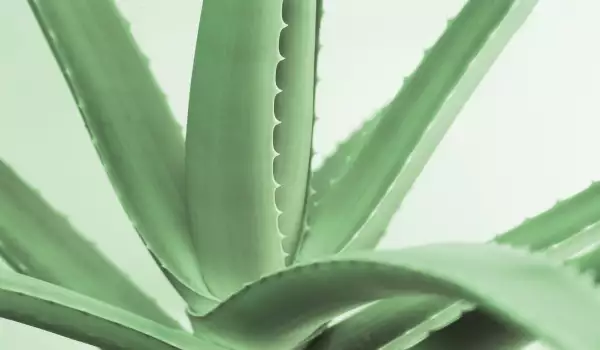
Collecting Aloe Vera
The leaves of aloe vera can be used as a remedy after the plant reaches 3-4 years of age. 3-4 leaves can be taken from a single plant specimen every 6-8 weeks. The leaves need to be cut and washed, then prepared for further treatment.
Benefits of Aloe Vera
Aloe vera is among the most health beneficial plants that can be given room in our home. The gel found in the leaves of the plant has a foolproof effect against a wide gamma of diseases. It can be applied topically, as well as internally.
Numerous studies have shown that aloe vera possesses an anti-inflammatory, purgative, analgesic, antifungal and tonic action. That's why the gel from the plant is used for liver problems, diabetes, Hashimoto's disease, tumor formations, sensitive stomach, eye problems.
The juice is also used against warts, psoriasis, acne, skin inflammation, herpes, bites, stings, dandruff, blackheads, burns. It has a favorable effect against cysts, cystitis and ovarian adhesions.
Studies show that the herb also has a positive action for asthma, arthritis, high blood pressure. According to doctors, regular use of aloe vera juice maintains good body tone and protects against various viral infections. Its consumption is recommended especially during the winter months, when the body is most vulnerable.
Since this remarkable plant has proven its benefits over the centuries time and time again, today it is widely used in the production of all sorts of medicinal preparations, as well as of cosmetic products
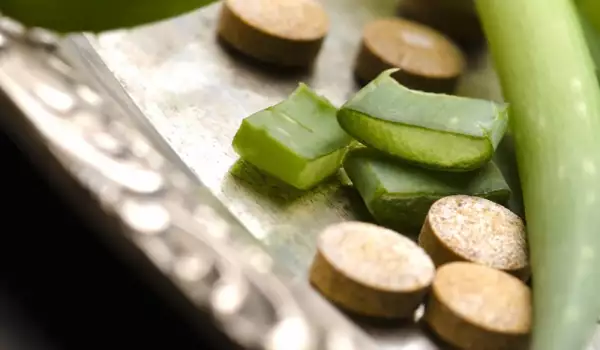
In stores we can now find a myriad of food supplements, fruit juices, teas and tinctures, containing the valuable substances of aloe vera. There are also masks, shampoos, balsams, serums, which make the hair soft, healthy and shiny. Creams and lotions with aloe vera nourish the skin and make it perfectly smooth and radiant.
Folk Medicine with Aloe Vera
We find all kinds of recipes with aloe vera in the folk medicine of countries around the world. For example, Russian healers have a recipe with this herb that helps treat flu, headache, asthma, high blood pressure, liver diseases, gout, heart and kidney problems, tuberculosis.
To prepare a remedy with aloe vera, you'll need a plant that's 3 to 4 years old. Take 10.5 oz of fresh leaves of the herb, wash it, grind it and mix it with 9 oz chicory, 1 2/3 cups honey, 3 cups homemade red wine and 2 cups pure ethyl alcohol. Put all of the ingredients in a glass container, close it tightly and put it in a dark and cold area.
The mixture needs to stay this way for 5 days. Strain the resulting liquid and drink 1 teaspoon of it 3 times a day (an hour before meals) for the first 5 days. During the next 2 days, take 1 tsp of it once a day before a meal. This mixture can be used for a period of 2 months at most.
As already mentioned, fresh gel from aloe vera gets rid of imperfections on the skin, including spots, acne and inflammation. It's enough to get some freshly squeezed juice from the leaves of the plant and soak a cotton pad with it. Apply the juice all over your face. For an even greater effect, you can add a drop of almond oil and tea tree oil.
Aloe vera can be used to make ear drops as well. To do this, cut off about 1" from the well-developed leaf of a 3-4 year old plant. Obtain 2 drops from it, then heat them slightly. Soak a small cotton swab with them and place it in the affected ear.
Dangers of Aloe Vera
Despite the fact that aloe vera is a plant with numerous medicinal uses, it's not recommended to begin treatment with the herb without first consulting with a doctor. The reason is that the juice from it can sometimes have undesirable effects.
The herb is famed for its purgative action when taken internally. It in turn can be accompanied by colic, bloating and stomach pains. That's why the herb is not suitable for pregnant women and women who are nursing.
Also note that if taking the herb in huge amounts it can cause abortion or complicate the inflammatory processes in the genitourinary system.
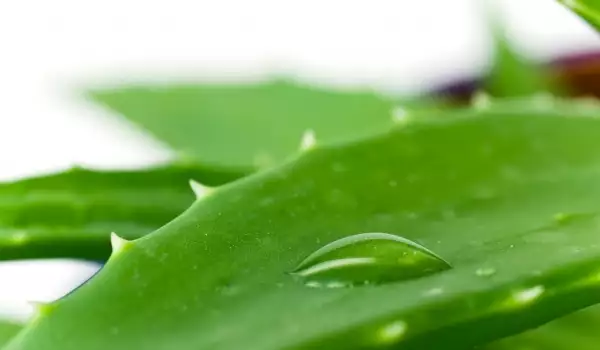
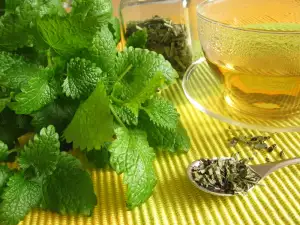
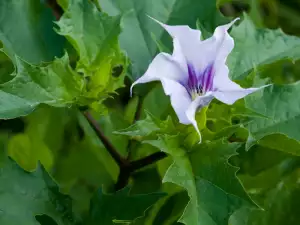
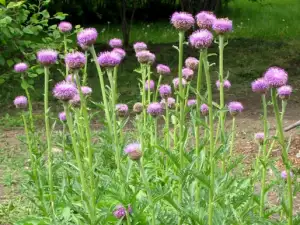
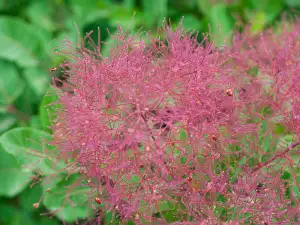


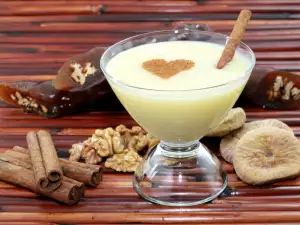
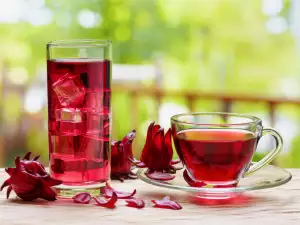

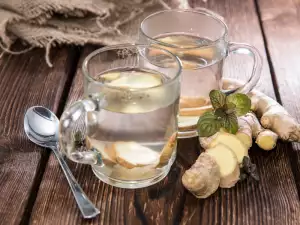
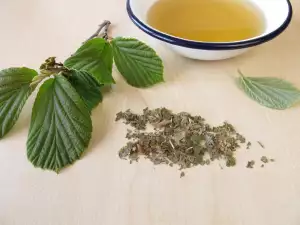

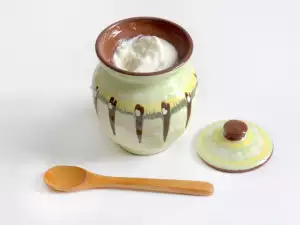
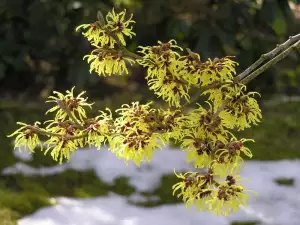
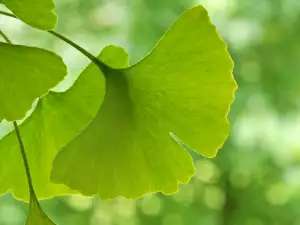

Comments